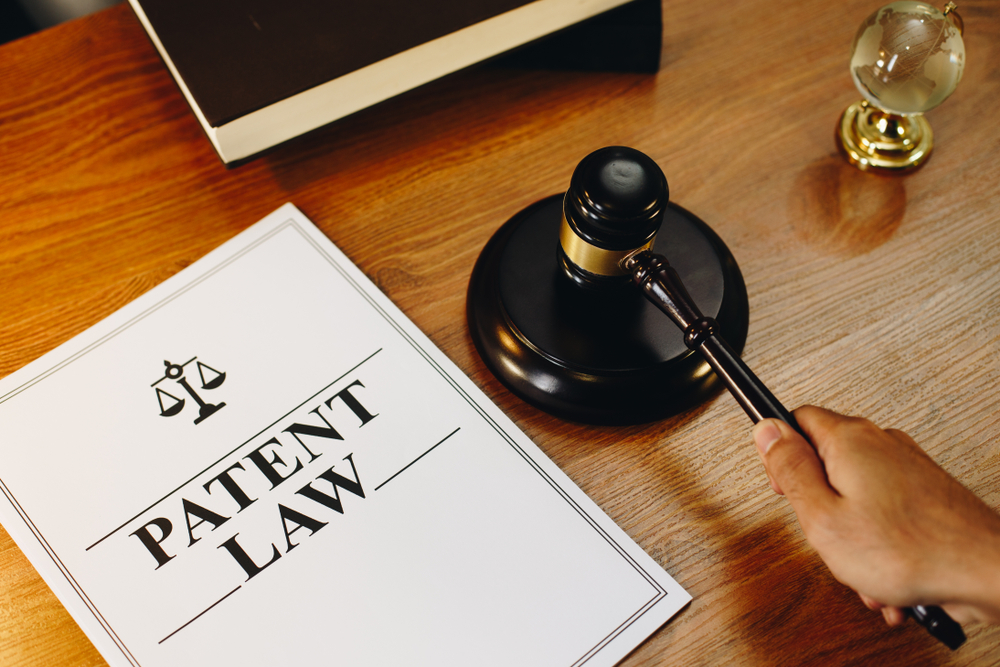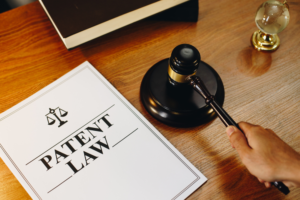
As it is well known, inventions are created and protected under patent rights and a strongly drafted patent application determines the potential of an invention. The patent process includes various steps, including, prior art patent search, patentability analysis, drafting and filing provisional patent application, drafting and filing complete (non-provisional) patent application, patent prosecution, patent grant and patent renewal. For each step, the strength of patent depends upon quality of drafting patent application, specifically prosecution before the patent office. Therefore, drafting a patent application is a crucial and challenging process.
Drafting of patent application in India requires compliance with provisions of Indian Patents Act, 1970. Specifically, Section 10 of Indian patent law states “Contents of specifications”, which requires every patent specification, whether provisional of complete, to describe the invention. This section requires that every patent application filed in India shall begin with a title sufficiently indicating the subject-matter to which the invention relates and shall include drawings (patent figures or patent illustrations) as part of the patent specification.
The Indian Patents Act further states that if required, in any particular case, the Controller of Patents may ask the patent applicant or inventor to further provide a model or sample of anything illustrating the invention or alleged to constitute an invention.

Strong patent claims should be drafted for creating and protecting valuable inventions. Every patent application that is to be filed with Indian patent office shall:
At the time of writing patent application in India before filing a patent application with the Indian Patent Office, it should be ensured that the patent claims of the complete patent specification (non-provisional patent application) shall relate to a single invention, or to a group of inventions linked so as to form a single inventive concept, which shall be clear and succinct and shall be fairly based on the matter disclosed in the specification.
In the field of plastic waste management, multiple patents have been filed. World Economic Forum has reported that the city of New York is trying to solve plastic waste problem by reinventing the milkman. The reusable container system has been recently launched in Paris as well. LOOP ALLIANCE delivers shopping items (juice, cereal) in glass and metal containers. Other examples of plastic waste management patents are:
After reviewing the patent landscape in this space, it can be concluded that the way forward is based on sustainable consumption and effective recycling.